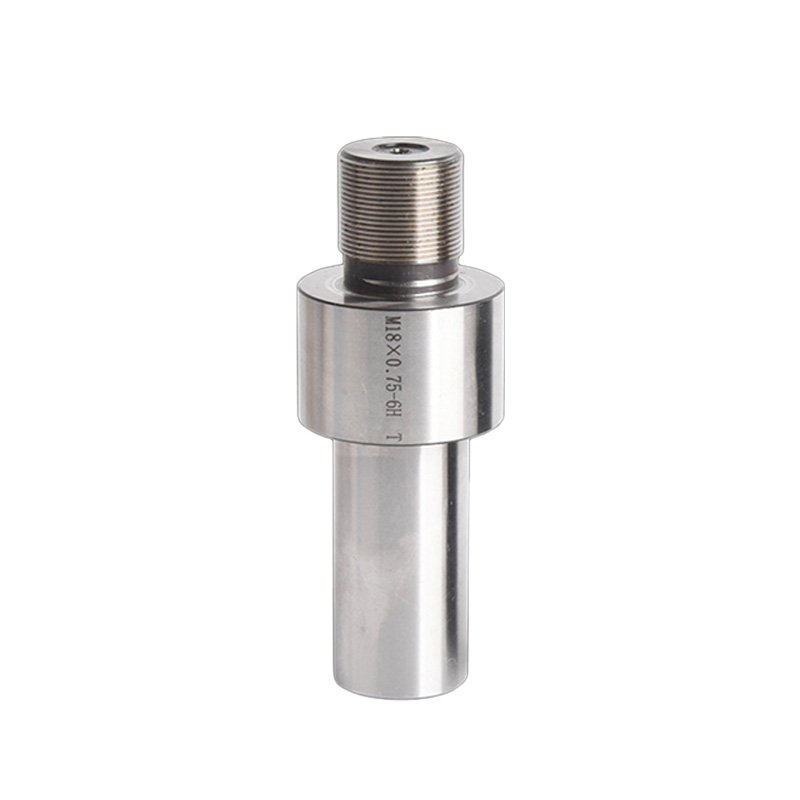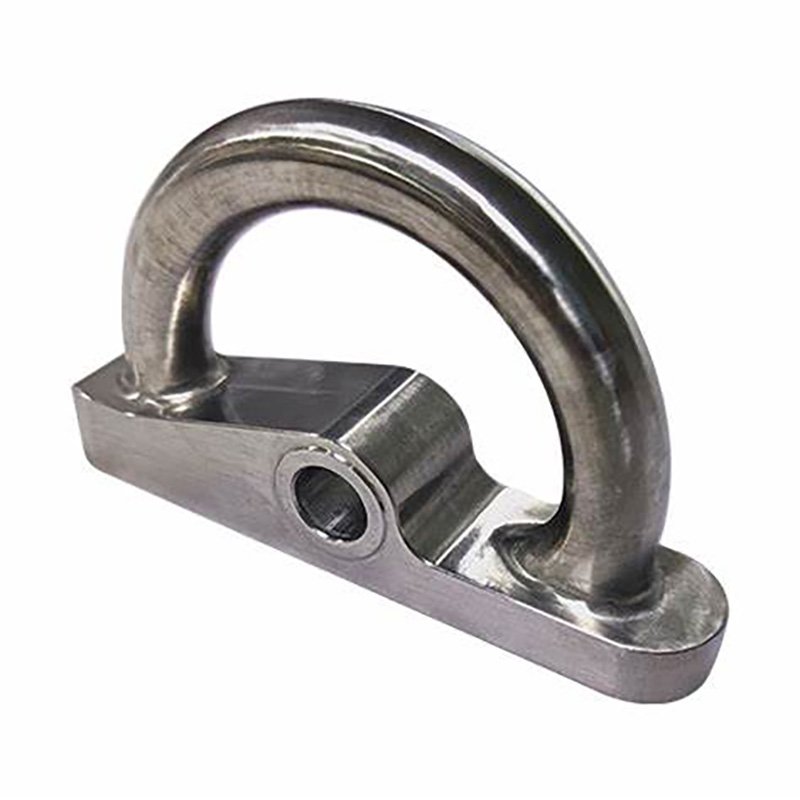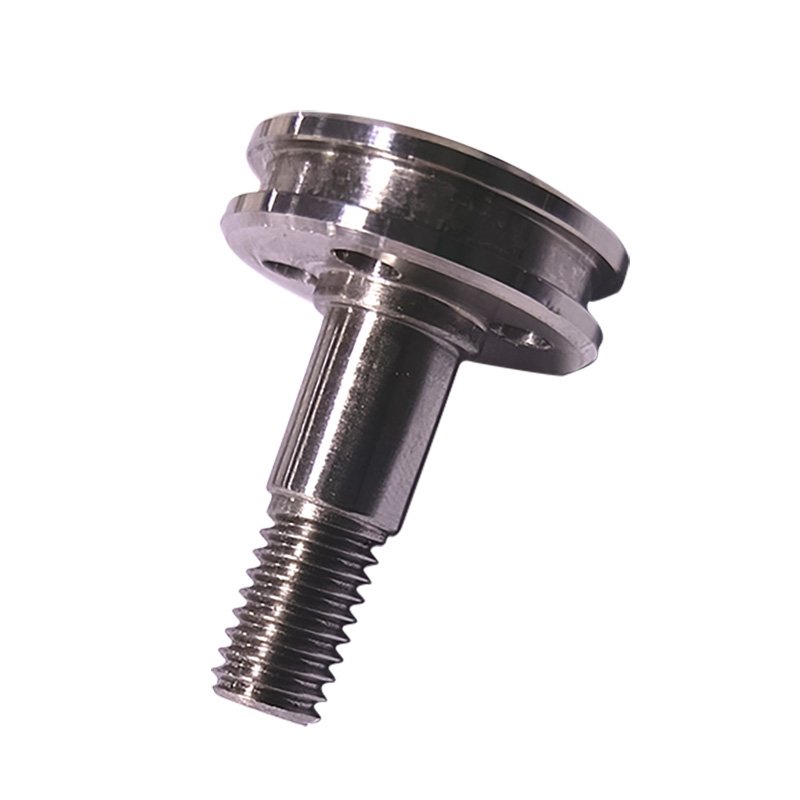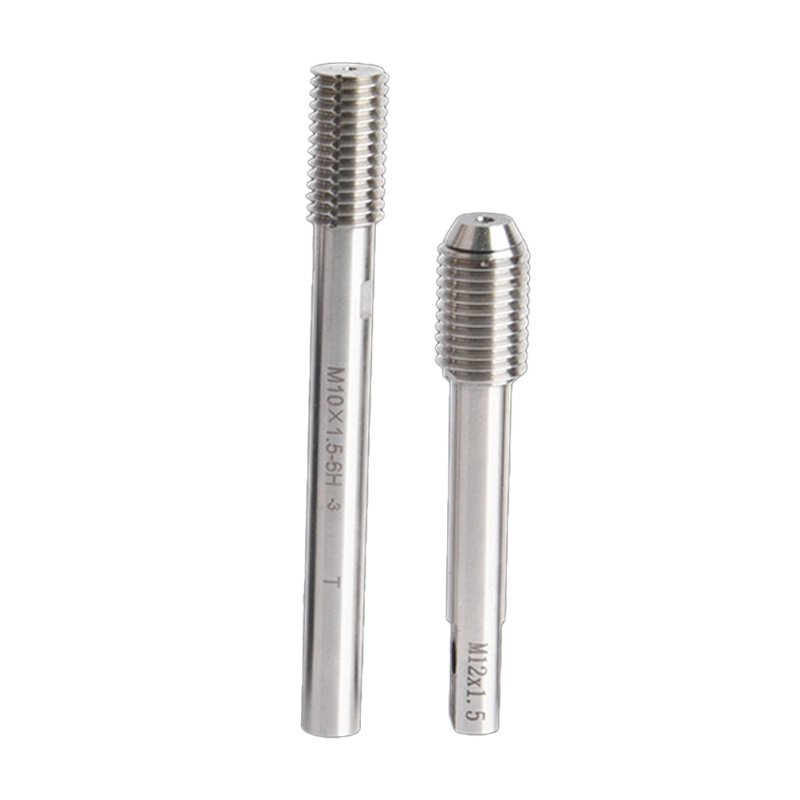Standard fixtures are fundamental tools in manufacturing and assembly processes, designed to hold, position, and secure workpieces during machining, inspection, or assembly. These fixtures ensure accuracy, consistency, and efficiency, making them indispensable in industries such as automotive, aerospace, electronics, and medical devices. This article provides a detailed overview of standard fixtures, their types, applications, and key considerations for selection and use, based on real-world data and examples.
What Are Standard Fixtures?
Standard fixtures are pre-designed, off-the-shelf tools used to hold and position workpieces during manufacturing or assembly operations. Unlike custom fixtures, which are tailored for specific applications, standard fixtures are versatile and widely applicable across various industries. They are typically made from durable materials like steel, aluminum, or composite materials to withstand the rigors of industrial use.
Key Functions of Standard Fixtures
- Workpiece Holding: Securely hold workpieces in place during machining or assembly.
- Precision Positioning: Ensure accurate alignment of workpieces for consistent results.
- Efficiency: Streamline production processes by reducing setup time and improving repeatability.
- Safety: Provide a stable and secure environment for operators and equipment.
Types of Standard Fixtures
Standard fixtures come in various designs to suit different applications and workpiece geometries. Below are some of the most common types:
1. Vise Fixtures
- Design: Feature adjustable jaws to clamp workpieces of varying sizes.
- Applications: Used in machining operations like milling, drilling, and grinding.
2. Clamping Fixtures
- Design: Use mechanical clamps to secure workpieces.
- Applications: Ideal for holding irregularly shaped or delicate workpieces.
3. Modular Fixtures
- Design: Composed of interchangeable components for flexibility.
- Applications: Suitable for small-batch production or prototyping.
4. Magnetic Fixtures
- Design: Use magnetic force to hold ferromagnetic workpieces.
- Applications: Commonly used in grinding and EDM (Electrical Discharge Machining) operations.
5. Vacuum Fixtures
- Design: Use suction to hold non-ferromagnetic workpieces.
- Applications: Ideal for holding thin or fragile materials like glass or plastic.
Applications of Standard Fixtures
Standard fixtures are used across a wide range of industries and applications, including:
1. Automotive Manufacturing
- Example: Used to hold engine components during machining or assembly.
2. Aerospace
- Example: Ensure precise positioning of turbine blades and fuselage sections during manufacturing.
3. Electronics
- Example: Hold circuit boards during soldering or inspection processes.
4. Medical Devices
- Example: Secure surgical instruments or implants during precision machining.
5. Consumer Goods
- Example: Used in the assembly of appliances, furniture, and other consumer products.
Selection Criteria for Standard Fixtures
When selecting standard fixtures, consider the following factors:
1. Workpiece Geometry
- Size and Shape: Choose fixtures that can accommodate the workpiece’s dimensions and geometry.
- Complexity: Consider the complexity of the workpiece and the required level of precision.
2. Material
- Steel: Offers high strength and durability for heavy-duty applications.
- Aluminum: Lightweight and ideal for applications requiring frequent adjustments.
- Composite Materials: Provide a balance of strength and weight for specialized applications.
3. Load Capacity
- Static Loads: Ensure the fixture can handle the weight of the workpiece.
- Dynamic Loads: Consider the forces exerted during machining or assembly.
4. Environmental Conditions
- Temperature and Humidity: Choose materials and designs that withstand the operating environment.
- Corrosion Resistance: Select corrosion-resistant materials for harsh environments.
5. Compatibility
- Machine Tools: Ensure the fixture is compatible with the machine tools being used.
- Workpiece Material: Consider the material of the workpiece to avoid damage or deformation.
Installation and Maintenance Tips
1. Installation
- Alignment: Ensure the workpiece is properly aligned in the fixture before starting operations.
- Clamping Force: Use the appropriate clamping force to avoid damaging the workpiece.
2. Maintenance
- Cleaning: Regularly clean the fixture to prevent contamination or damage.
- Inspection: Check for signs of wear, corrosion, or damage and replace components as needed.
Common Issues and Solutions
1. Workpiece Slippage
- Issue: Workpieces may slip if not clamped securely.
- Solution: Use fixtures with adjustable clamping mechanisms or add non-slip pads.
2. Wear and Tear
- Issue: Frequent use can cause components to wear out.
- Solution: Use durable materials and replace worn parts promptly.
3. Misalignment
- Issue: Improper alignment can lead to inaccurate machining or assembly.
- Solution: Use fixtures with built-in alignment features or add alignment aids.
Conclusion
Standard fixtures are essential tools in precision manufacturing and assembly, providing accuracy, consistency, and efficiency across a wide range of applications. By understanding the different types, selection criteria, and maintenance practices, manufacturers can optimize their production processes and maintain high-quality standards. Whether you’re working in automotive, aerospace, or medical devices, standard fixtures are a critical part of your success.









